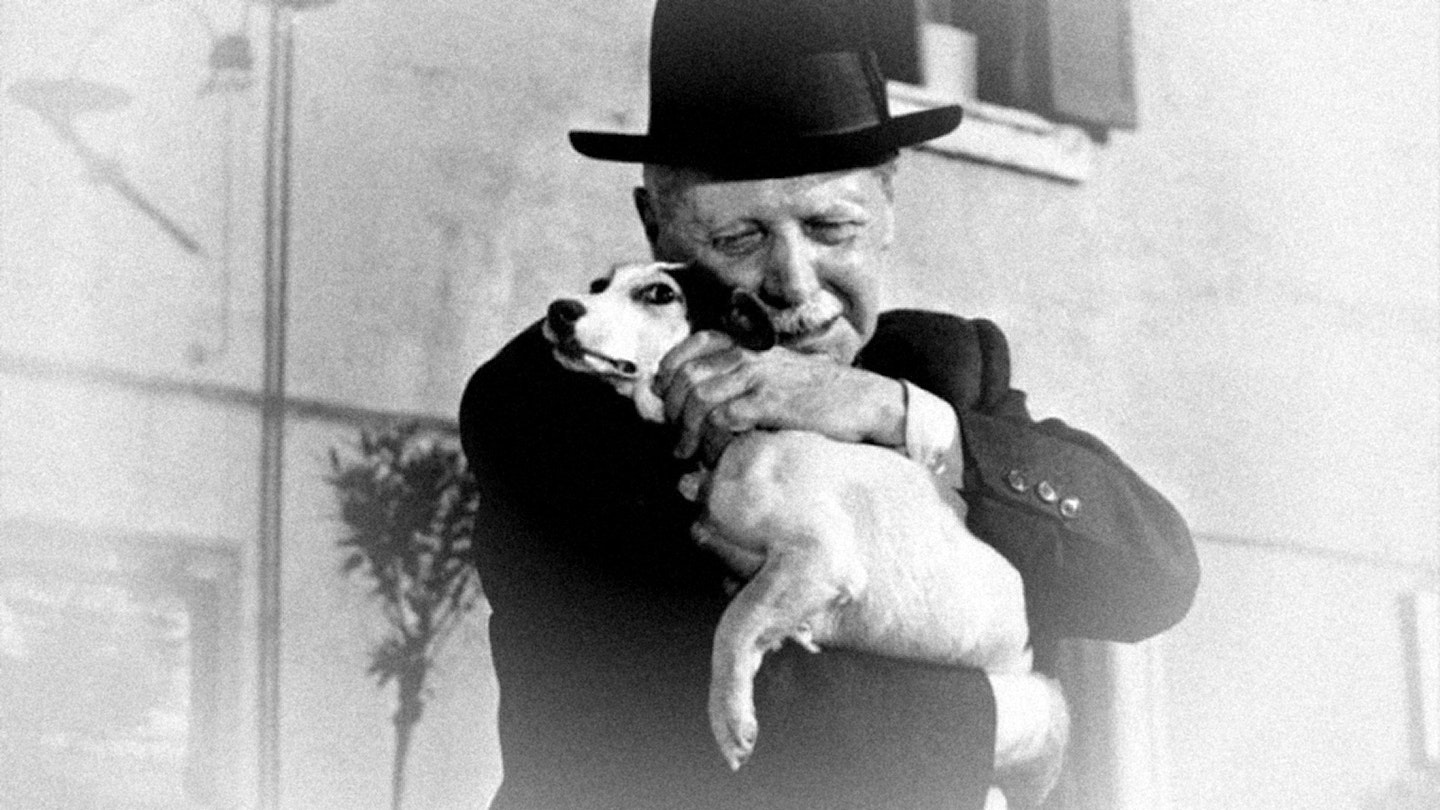Screenwriter Cesare Zavattini had always contended that the ideal film would consist of 90 minutes of a man doing nothing and he came closest to fulfilling that austere ambition in this remarkable collaboration with Vittorio De Sica.
However, Undersecretary of State Giulio Andreotti didn't share their pride in this rigorous demonstration of the neo-realist aesthetic and announced legislation to withhold funding and exhibition licences from any film that presented Italy in a negative light. Consequently, Umberto D flopped at the box office and De Sica lost much of his personal investment. Yet, this remained his favourite film precisely because it eschewed sentimentality in exploring the everyday realities facing those on society's margins.
Umberto is essentially an unsympathetic character. He is more concerned with maintaining an outward appearance of respectability than in confronting his poverty and, thus, while he accepts Maria's concern, he fails to recognise her fears regarding her pregnancy and chides her when she lets his pet escape. Yet the detailed sequences in which he prepares for bed and she readies to face another day bind them together in pitiable need.
Yet, while De Sica employed a mostly non-professional cast (hiring University of Florence philology professor Carlo Battisti after encountering him *en route *to give a lecture), this was more an exercise in studio realism than street authenticity. He certainly shot sequences on location, but he spent most of his time at Cinecitta, where he had greater control over the bleak poetry of his imagery.
Thus, he and cinematographer G.R. Aldo were better able to exploit deep-focus techniques to place Umberto at the heart of his miserable existence and use the long hall of his tenement building, the tables at the soup kitchen and the rows of patients at the hospital to emphasise his isolation and insignificance. Even the rows of trees, as he and Filke wander into the distance after his failed suicide attempt, conspire to reinforce his endless entrapment in a hopeless situation and not even the sight of children playing could deflect from the harsh truth that both man and beast were enduring a dog's life.
